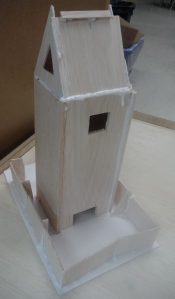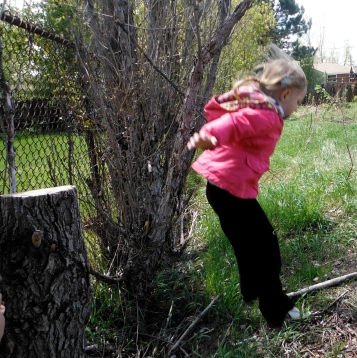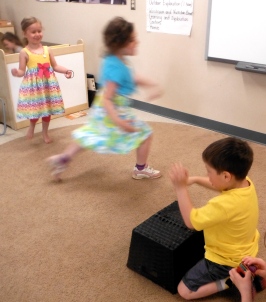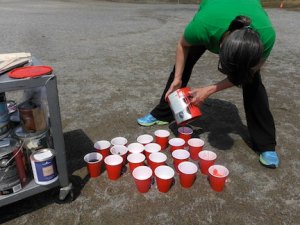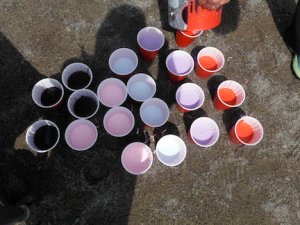An apology to everyone who reads this blog for its Kindergarten content… your regularly scheduled blog will return in the next post!

There’s a meme/post flying around Facebook lately, featuring a demure-looking little girl in a poofy tutu, pink tights, and ballet slippers. She’s adorable and the message accompanying the photo is very well-intentioned. Boiled down, it’s saying that dance is good training for life; it teaches you lots of skills (perseverance, time management, fitness, resiliency) that you can use to build success in other areas, it gives you a strong social network and is, basically, worth all the hassle of money and time spent on classes and competitions.
I don’t disagree. After you’ve read this whole post please come back up and read that sentence because I’m very serious. I have many, many, many former students who were high level elite dancers as adolescents and who have gone on to pursue ambitious careers in other areas. They are doing exactly what this post suggests; they are using all that they learned on stage and in the studio to make the most out of their lives. I’m incredibly proud of them and awed by their achievements: engineers, physicians, teachers, welders, all of them.
I have a good friend who is an accomplished musician. He has the same level of academic training in music that I have in dance. He plays with our local symphony, he is their guest conductor, and he is often asked to perform at local events, all in addition to his teaching duties. One night, he was feeling particularly exhausted and was lamenting that he would have to put on his tux to play that evening. I chuckled and said: “Well, you should have done a Masters in Dance instead of a Masters in Music; I hardly ever get asked to perform.” This wasn’t an attempt to solicit pity but it is true. Whereas I have many, many musician friends and colleagues who perform on a regular basis, older dancers are hardly ever asked to dance. To quote that post, “before you know it, she’s danced her last recital and discarded her last pair of shoes… she’s left the stage for the last time”. Dance is viewed as a worthwhile pursuit for children and teenagers but after that we’re expected to hang up our pink shoes and move on to something practical.
He’s not expected to hang up his instrument but I am.
His art form is seen as something worthwhile for adults and mine is seen as something for children, good only for what it can bring to the rest of your life, not for its own merit. I often wonder why this is. Does it have something to do with not wanting to see aging bodies – are we only comfortable with physical expression when it’s coming from a lithe 16 year old? There are a few dance companies that cast older dancers but not many. Is this just a manifestation of an overall societal obsession with youth? Maybe it’s because many young dancers aren’t taught to view it as an art form at all but instead as a physical contest that is mostly about how high legs can be kicked and how many turns you can land. What’s left when some of that physical prowess declines?
I don’t know the answer but in an effort to provide some balance to the viral conversation, let me take a second to tell you about a few of my students who are dancers. Who are not using the skills they learned in the studio for something else – who are using them in the same places and for the same purposes they learned them.
This is Lucy: she is a dancer, a writer, a choreographer, a teacher, an incredibly imaginative and talented person who I was lucky enough to teach.
This is Mayumi: she is a dancer, choreographer, traveler, and teacher. When I taught her she was an amazingly talented 12 year old.
This is Daphné: she is another fabulous dancer, choreographer, and teacher, off on great adventures. She blows me away with her energy and talent.
That’s just three and it doesn’t touch on all of my amazing dancer friends who continue to write grant proposals and audition and fight the good fight to keep dancing in spite of the struggles. It shouldn’t be such a struggle. It should be more like throwing on your tux at the end of a long day. All of the engineers, physicians, teachers, and welders should be able to dance for recreation too, just like their colleagues who are able to play music or participate in community theatre or paint recreationally. Dancers need to keep dancing and we need to keep saying out loud: I’m an adult, a full-fledged, tax-paying adult, and I dance. It’s not something I’m going to give up nor should I be expected to. I’m not hanging up my instrument any time soon; there is dance beyond the little pink shoes.



